In 'Infant Baptism Scriptural and Reasonable, ' Samuel Miller presents a detailed argument supporting the practice of infant baptism and baptism by sprinkling or affusion as biblically sound and theologically coherent. Written in 1835, this work defends these practices against alternative views prevalent during the period. Miller meticulously examines relevant scriptures and theological principles to demonstrate that infant baptism aligns with Christian doctrine. Furthermore, he contends that baptism by sprinkling or affusion is not only a valid mode but also the most suitable and edifying manner of performing the sacrament. This book offers valuable insights into historical theological debates and provides a comprehensive defense of traditional Presbyterian beliefs concerning baptism. This work has been selected by scholars as being culturally important, and is part of the knowledge base of civilization as we know it. This work was reproduced from the original artifact, and remains as true to the original work as possible. Therefore, you will see the original copyright references, library stamps (as most of these works have been housed in our most important libraries around the world), and other notations in the work. This work is in the public domain in the United States of America, and possibly other nations. Within the United States, you may freely copy and distribute this work, as no entity (individual or corporate) has a copyright on the body of the work. As a reproduction of a historical artifact, this work may contain missing or blurred pages, poor pictures, errant marks, etc. Scholars believe, and we concur, that this work is important enough to be preserved, reproduced, and made generally available to the public. We appreciate your support of the preservation process, and thank you for being an important part of keeping this knowledge alive and relevant.
Bitte wählen Sie Ihr Anliegen aus.
Rechnungen
Retourenschein anfordern
Bestellstatus
Storno

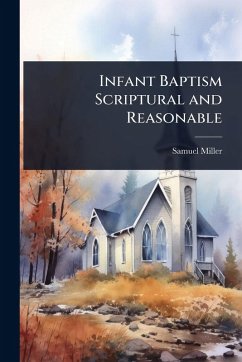

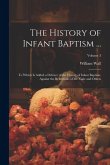
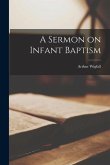

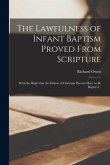
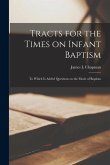
![Sermon on Infant Baptism [microform] Sermon on Infant Baptism [microform]](https://bilder.buecher.de/produkte/65/65509/65509474m.jpg)